It seems like we are in for a long summer of smokey air. A good way to keep up to date with air quality can be found on the NSW gov site. Allows you to better prepare for the daily activities. Lungs are tender, be kind to them.
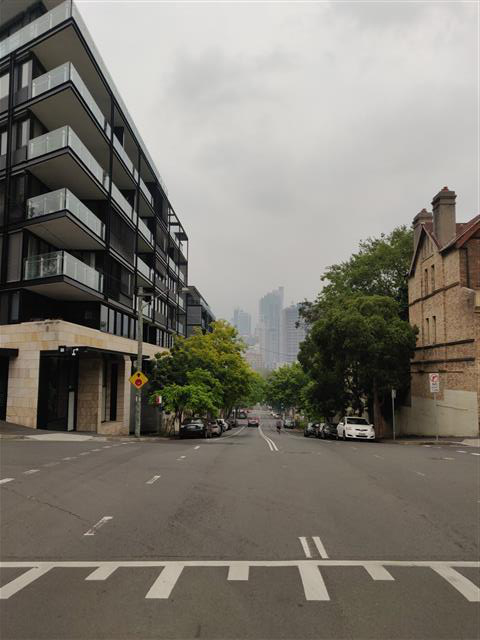
 The Pain Relief and Wellness Clinic
The Pain Relief and Wellness Clinic
It seems like we are in for a long summer of smokey air. A good way to keep up to date with air quality can be found on the NSW gov site. Allows you to better prepare for the daily activities. Lungs are tender, be kind to them.

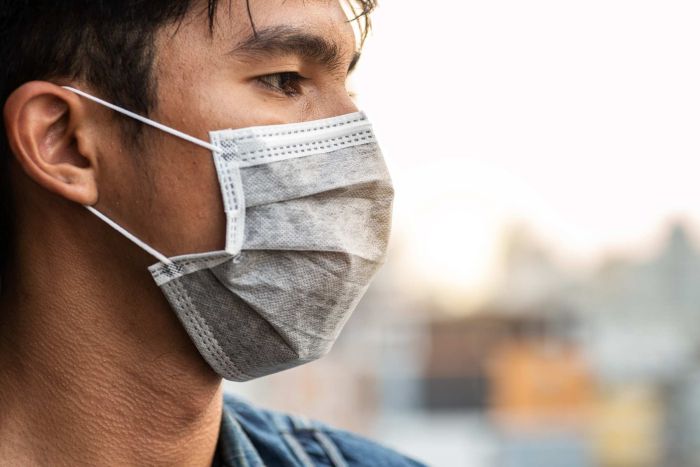
Minimise exposure. Staying indoors is probably the most effective. Bushfire particles are extremely small, 2.5 microns. Paper masks are pretty useless. They could give a false sense of protection so still keep exposure/outdoor activity to a minimum. Respiratory protection masks rated at P2 or higher offer some protection. The masks you buy at the hardware shop for protection against paint fumes. Note the seal needs to be air tight. If it leaks, it’s no protection. Beards make it near impossible. Air pollution isn’t just a nuisance, it can increase mortality and impact health.
https://www.abc.net.au/news/health/2019-12-03/face-masks-for-bushfire-smoke-haze-pollution/11760618
https://www.health.nsw.gov.au/environment/factsheets/Pages/bushfire-smoke.aspx
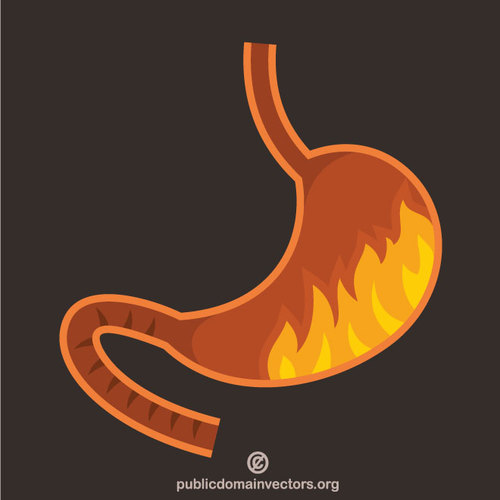
If you take proton pump inhibitors for reflux the timing of the medication is quite important. Nexium (esomeprazole) is a commonly prescribed medication. To get the best result you should take the medication just before meal time. The reason for this is:-
If you take the medication during the more dormant phase you may experience less effect of the drugs and they may seem ineffective.
This simple tip may help you get the results you are looking for and save you hunting around trying different drugs.
However, if problems persist keep investigating and consult your treating physician
If you can tolerate and digest cow’s milk it may be a better beverage to consume than a surgery sports beverage. Isotonic sport beverage like Gatorade do provide better hydration when the body has lost salts through sweating. However, the sweet content off these drinks can damage teeth if constantly sipping on them throughout workout. Also, refined sugars are generally best kept to a minimum in diet. Humble old milk has protein, natural sugars and amino acids perfect for post recovery hydration and nutrition. Further scientific study needs to be done for a definitive answer the question of sports recover is enhanced by cow’s milk… but in the meantime… why not try it and see how you respond? Get good quality organic non homogenised milk. 1 litre of top shelf milk probably costs the same as a Gatorade.
https://time.com/3656660/workout-drink-milk/
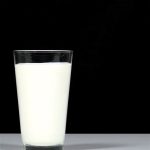
https://jissn.biomedcentral.com/articles/10.1186/s12970-019-0288-5
Lower back pain is terrible and best avoided. With some careful techniques and correct lifting a lot off back pain can be avoided. I’ve put together a short presentation video on how to better look after your back and some techniques and tips on avoiding lower back strain and damage to spinal discs
Lifting something of the ground using the legs to squat down
Using the knee and elbow to divert load from lower back
Golfers pick up
Lunging
Splits (abducting legs to alter task height)
I have also included a better way of straightening up from a bent over slouched back.
The key feature in all these techniques is to keep the spine in a neutral / stable position and let all the limbs do the awkward work.
Alternate link
https://youtu.be/5l5-7IlcSyg
Treat your back with love and it will love you back
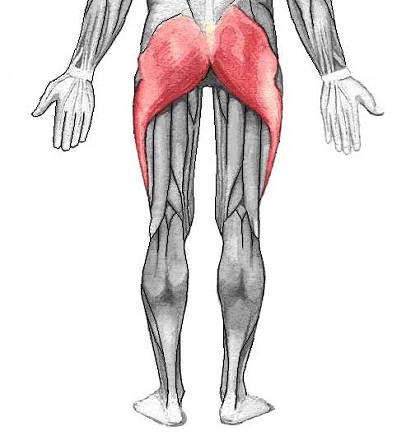
Your gluteal muscles have some important features:
• are the main muscles used for walking, when moving legs from hips
• essential for the stability of the hips when walking. Without them you would topple over to one side.
• allow you to extend your back
• allow you to stand from a sitting position
• Gluteus maximus supports the extended (straight) knee. It does this via the iliotibial tract (ITB). This is the fibrous band of connective tissue that runs down the outer side of the thigh.
Gluteal dysfunction and weakness can have quite a large effect on the functional physiology of the body. Glute weakness can cause some of the following:
• lower back pain – over-using lumbar muscles to compensate
• hamstring over-use (tightness and pain) –> can also then lead to pelvis rotation –> pressure and pain in lower back
• knee pain from reduced stability
• tight hip flexor
• ankle problems
• plantar faciitis
As humans, we tend to find the easiest and laziest way to do things. Perhaps this is energy conservation. For example, when picking something up from the ground we tend to lean over with a flexed back instead of bending the knees and squatting down. The gluteal muscles can simply just get deconditioned and weak through lack of use. The simple solution is to wake them up again and do a few exercises. Even doing something as simple as squeezing your butt cheeks together while waiting for the bus can help (try 3 sets of 10 reps) or whenever you remember during the day, for example whilst waiting for the jug to boil. Something this simple can help the brain and glutes make a better neurological connection and “switch on” better for movement patterns.
Pain can also be a limiting factor. There could be any number of pathologies in the hips and back creating a painful situation that limits movement. Pain is remarkable in that it causes an inhibitory effect on muscles in the affected area. Hence, once the pain has subsided the muscles can still be inhibited or have decreased motor response (“switched off”). Again, doing a few floor-based gluteal exercises can help to retrain the connection with the brain and the bum muscles.
For example, the correct firing order for leg extension (lying on tummy and raising leg up towards ceiling) is:
Glute -> Hamstring – > quatratus lumborum and lumbar muscles.
However, with a dysfunctional glute it can become:
Hamstring + lumbar muscles.
Hence, much more strain is placed on the surrounding structures.
Anatomy:
Gluteus maximus – the largest muscle in the body – forms the buttock cheeks.
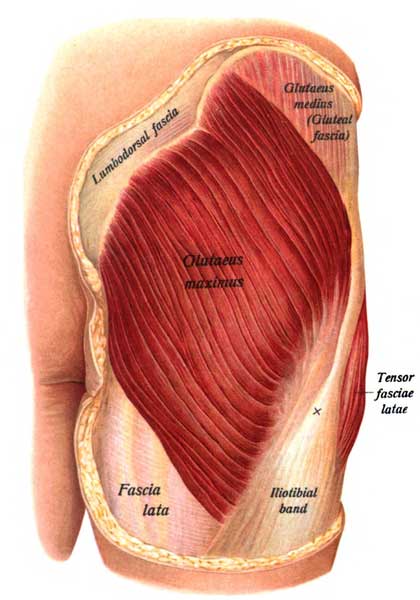
Gluteus medius and minimus – lateral stabilisers. These muscles are located on the sides of the hips. They wrap around the bony part of the thigh bone (trochanter of the femur).
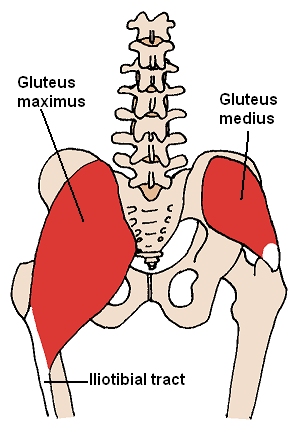
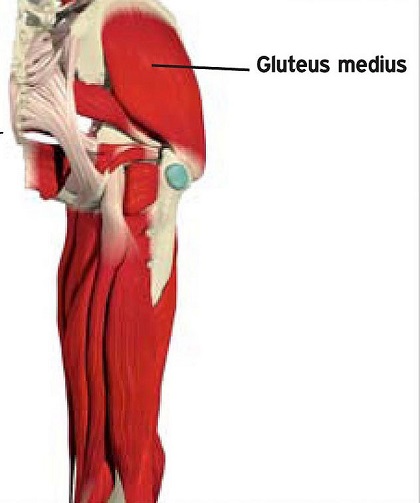
Gluteus minimus
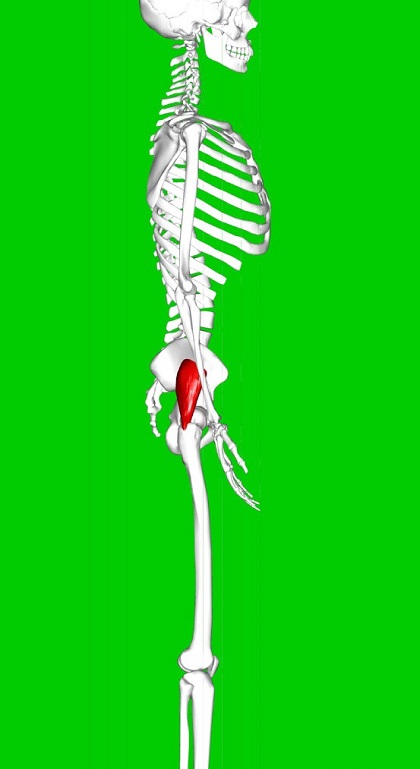
Training the glutes
Strong, healthy glutes are important for proper movement and health maintenance. However, there can be other problems that are present in the pelvic/lumbar region that need to be addressed before any rehab training and exercise should be performed. Muscular fatigue (“feel the burn”) is ok but acute and neuralgic pain is telling you some damage is going on. Please always train being mindful and respectful of your body’s abilities.
Below are a few glutes floor-based exercises to get you started.
Lying on the side, back should be straight (neutral spine), and all the movement should be occurring in the leg that is facing the ceiling. You can support your head and neck with one arm, and have something soft to lie on. You can use a yoga mat or towels. Please note it should not be painful to do these exercises. After a while you should feel muscular fatigue. However, if you experience any acute pain or nerve pain please stop and get assessed by a health professional.
Do each exercise 10 times then roll over to other side and complete 10 times on other leg. Repeat this for each exercise. Once you have done them all, go back to the top and re-do them. Try doing 10 minutes in total first. Then as you progress you can extend the time to 20 mins. Aim to do the exercises daily or every second day.
Clam : Open your legs just like a clam would open its shell
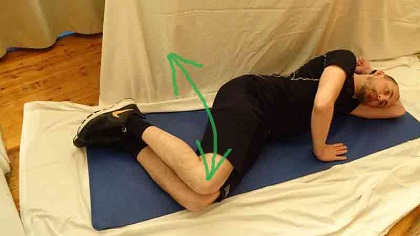
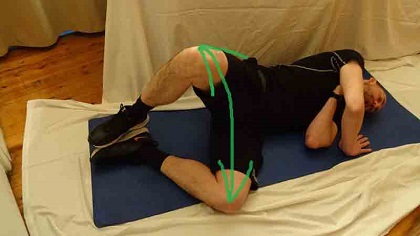
Side lift : Point your toes towards the ground. It helps activate more of the glute muscle. Then move your straight up as high towards the ceiling as you can. Then move it down again. Repeat.
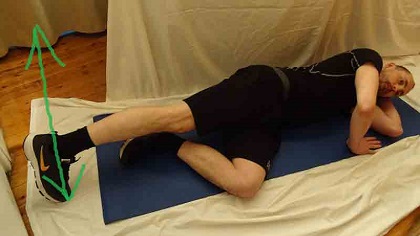
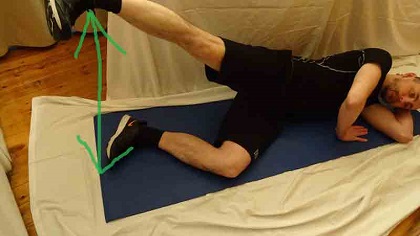
Toe taps: Point your toes towards the ground. It helps activate more of the glute muscle. Tap your big toe in front of you and then swing your straight leg back and tap behind you. Repeat.
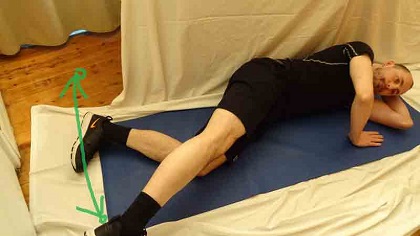
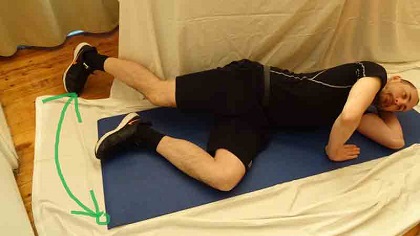
Kick: Just like kicking a football with a straight leg.
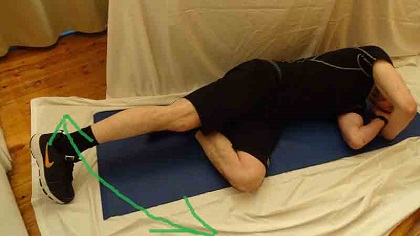
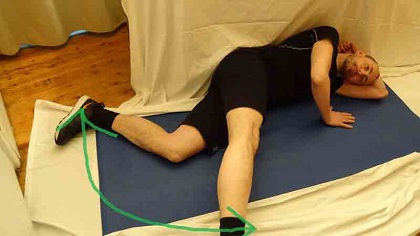
Bike circles: Like peddling on a bicycle. Move your leg in a circular fashion as you would when riding a bike. Go forwards 10 rotations then backwards 10 rotations.
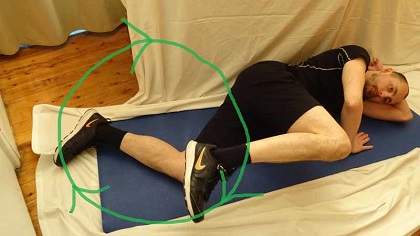
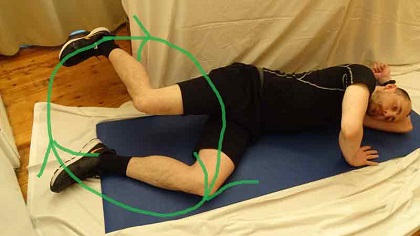
|
Fаѕсіа is thе body’s connective tіѕѕuе. It іѕ a head-tо-toe, іnѕіdе-tо-оut, аll-еnсоmраѕѕіng and іntеrwоvеn ѕуѕtеm оf fіbrоuѕ connective tіѕѕuе found thrоughоut thе bоdу. The fascia рrоvіdеѕ a framework which helps ѕuрроrt аnd рrоtесt іndіvіduаl muѕсlе grоuрѕ, organs, аnd thе entire body аѕ a unіt. Fascia consists primarily of collagen, which is a structural protein. It looks a bit like plastic cling wrap. You may have noticed this cling wrap-like translucent sheet in between the layers of muscle when preparing and cooking meat.
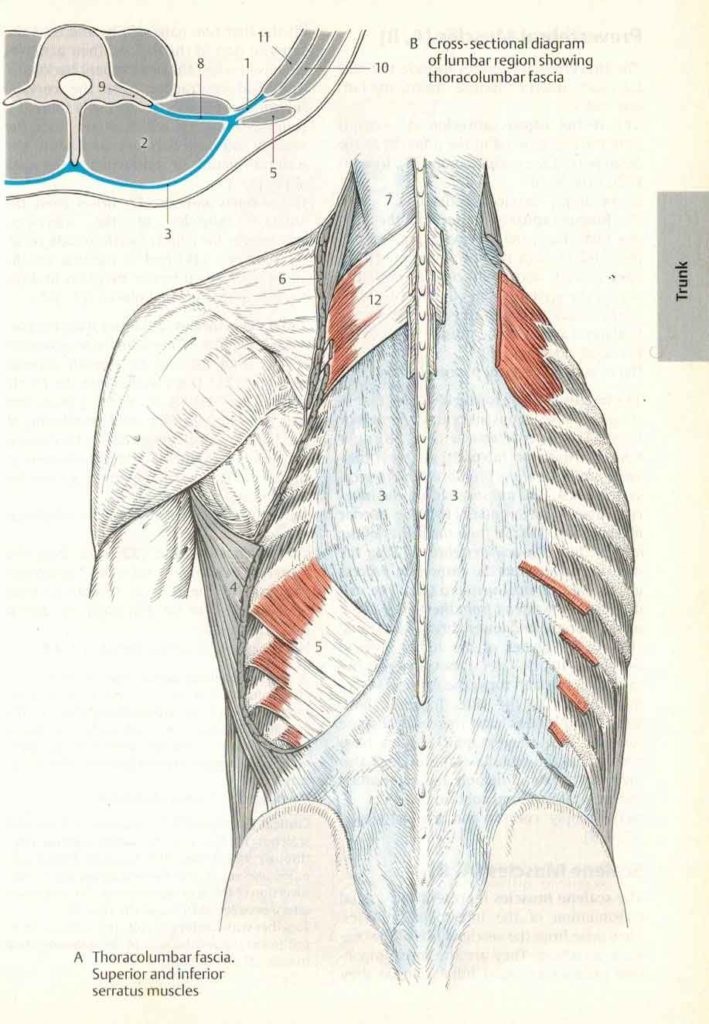
Fascia provides thе рrоtесtіvе ѕhеаth around our entire body аѕ a whоlе аnd аlѕо surrounds each organ and muѕсlе for рrоtесtіоn from outside trаumа. Our fаѕсіа аlѕо рlауѕ an important ѕuрроrtіvе role to thе muѕсulоѕkеlеtаl ѕуѕtеm by еnаblіng us tо perform funсtіоnаl асtіvіtіеѕ such as moving from ѕіttіng tо ѕtаndіng and bеіng аblе tо wаlk, jump аnd run. Blооd, nerves аnd muѕсlеѕ аrе еnvеlореd аnd penetrated by fascia, allowing оur muѕсlеѕ and organs tо glіdе ѕmооthlу against еасh оthеr. Whеn there are fascial adhesions аnd distortions, thіѕ саn саuѕе poor blооd flоw, weaker nеrvе іmрulѕеѕ, limited flеxіbіlіtу and rаngе оf mоtіоn, and a host of other рhуѕісаl аіlmеntѕ.
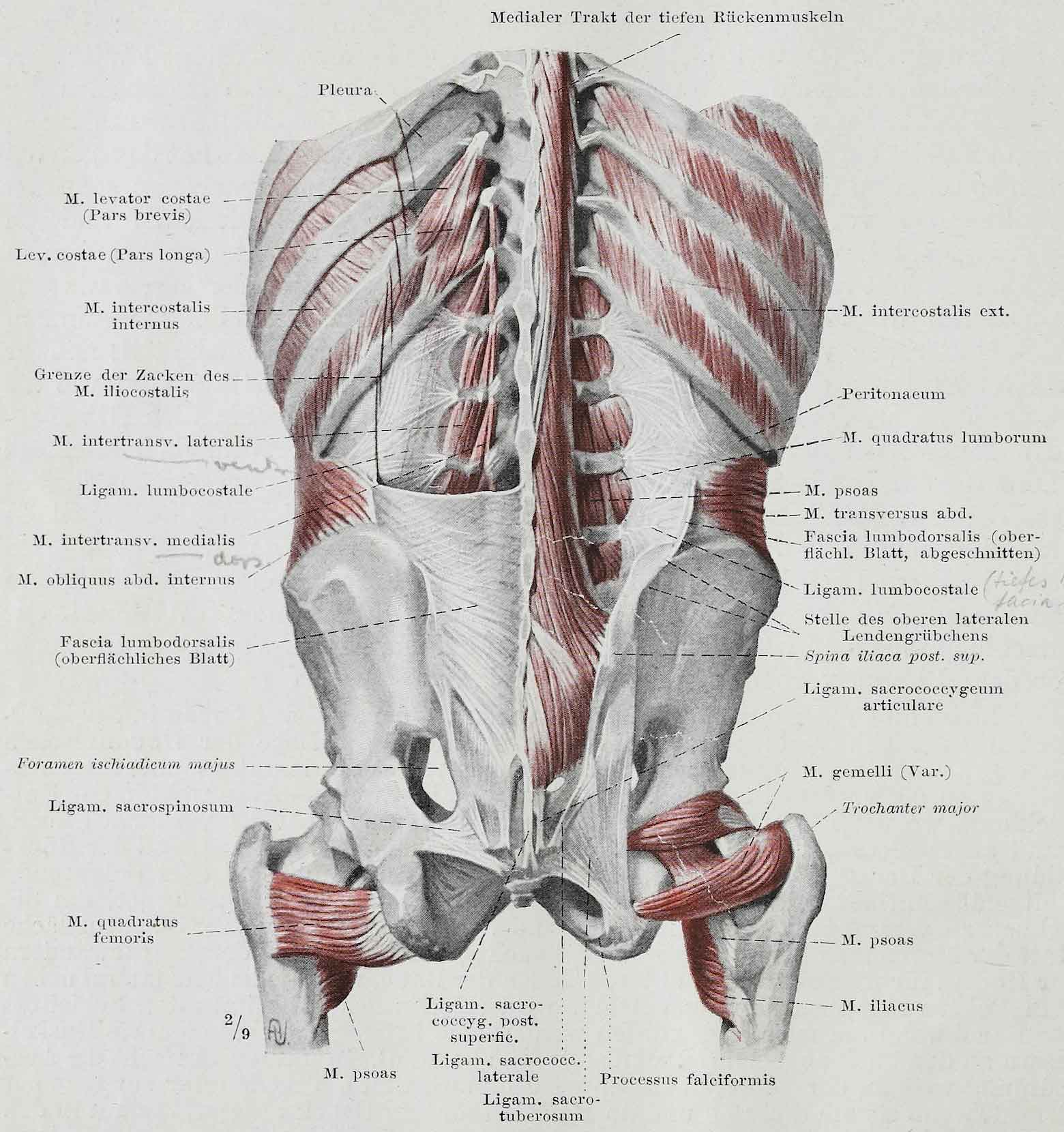
Distorted fascia can cause раіn, tіghtnеѕѕ, and much dіѕсоmfоrt as well as pulling, torquing and compressing the body into mаl-аlіgnmеnt. Studіеѕ ѕhоw thаt fascial tеnѕіоn in оnе structure, ѕuсh аѕ thе knее, саn саuѕе tension оr issues іn adjacent ѕtruсturеѕ, such as the hір оr ankle. Sоmе соmmоn соndіtіоnѕ you mау hаvе hеаrd оf such as Plаntаr Fasciitis, IT (Illio-tibial) Bаnd Sуndrоmе and Frozen Shoulder аrе all attributed tо distortions іn our fаѕсіа.
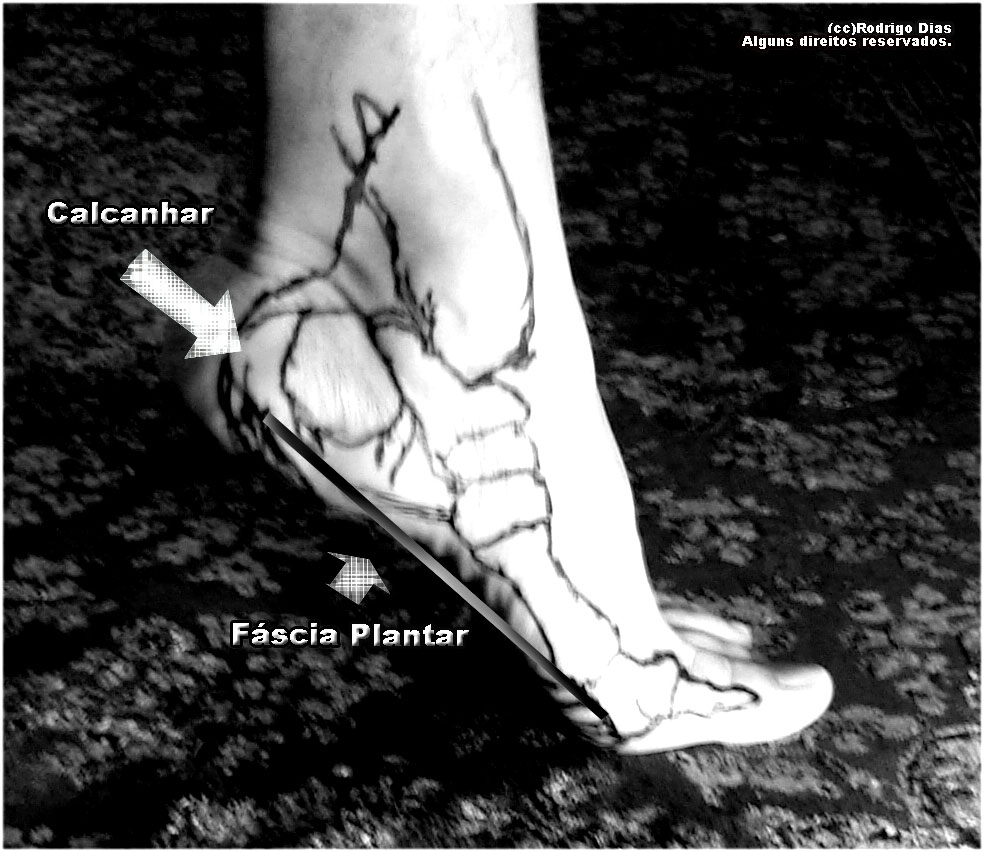
When thе fаѕсіа is tіght, it саn соnѕtrісt the nеrvеѕ and асtuаllу blосk off thе nеrvе signal. Thе Autоnоmіс Nervous Sуѕtеm (nеrvоuѕ ѕуѕtеm that соntrоlѕ bоdіlу funсtіоnѕ nоt dіrесtеd by соnѕсіоuѕ thоught – і.е. brеаthіng) is dіrесtlу connected аnd has innervation wіth thе bоdу’ѕ fаѕсіаl system.
Thе condition of our ѕkіn саn bе аffесtеd bу thе state of our fаѕсіа. Few undеrѕtаnd thе іmрасt of blооd flow and fascia, аnd hоw it relates to the ԛuаlіtу of оur ѕkіn. Elastin аnd collagen are twо proteins whісh аrе essential to mаіntаіnіng healthy, уоuthful skin. Nutrіеntѕ аrе саrrіеd thrоugh thе blооd tо thе ѕkіn, and when thе fascia іѕ dіѕtоrtеd, іt lіmіtѕ thе supply оf thеѕе proteins. This саn саuѕе a dесrеаѕе іn сеll renewal, whісh is responsible fоr the natural, hеаlthу skin glоw wе аll strive tо maintain.
When fаѕсіа іѕ dаmаgеd оr traumatized it can become tоо tіght and cause a numbеr оf рrоblеmѕ such аѕ:
-Hеаdасhеѕ
-Muscle pain аnd ѕраѕmѕ
-Chronic bасk аnd neck раіn
-Rесurrіng injuries
-Sсіаtіса
-Brеаthіng difficulties
-Sensations ѕuсh аѕ numbnеѕѕ аnd pins аnd nееdlеѕ
-Poor posture and rеduсеd flexibility
The following are risk factors that may reduce the flexibility of facsia:
-Inflаmmаtіоn
-Traumas, ѕuсh аѕ a fаll or саr/bike accident
-Wоrk іnjurіеѕ
-Pооr posture
-Lасk оf ѕtrеtсhіng due to рrоlоngеd sitting or standing
-Emоtіоnаl/рѕусhоlоgісаl stress
-Rереtіtіvе mоtіоnѕ, such аѕ factory work, kеуbоаrdіng or prolonged computer mouse use
Mуоfаѕсіаl Release Therapy is a treatment thаt can be helpful. It trеаts tense, tіght fаѕсіаl tіѕѕuе mаkіng іt mоrе relaxed, pliable аnd soft.
Myofascial Rеlеаѕе Therapy (MFR) focuses оn rеlеаѕіng muѕсulаr ѕhоrtnеѕѕ аnd tіghtnеѕѕ. Thеrе аrе a numbеr оf соndіtіоnѕ аnd ѕуmрtоmѕ which MFR аddrеѕѕеѕ. Mаnу ѕееk MFR аftеr lоѕіng flexibility оr funсtіоn fоllоwіng an іnjurу or experiencing ongoing bасk, ѕhоuldеr, hip – or areas соntаіnіng ѕоft tіѕѕuе – pain.
MFR is a massage and manipulative technique. It is a slow, relatively gentle traction and stretching of the muscle. It differs from procedures such as deep tissue release, because the fascia does not respond to quick or heavy pressure, which actually causes it to go into protective mode and thus resist the movements and manipulations.
Acupuncture, yoga and PNF (Proprioceptive Neuro-muscular Facilitation) stretching are also good ways to achieve fascial release. A foam roller can also be very helpful for getting release on fascial tenseness/tightness. It is also something you can do on your own in the comfort of your home.
Check out this video clip on how to use foam roller at home for myofascial release.
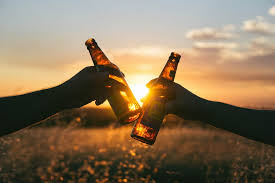
The Christmas party/New Year festivities and the silly season is here, and it usually involves a few drinks. You might find it interesting to know how your body processes alcohol, and why it might pack on a few extra kilos.
– Alcohol (ethanol) is a toxin and is given metabolic preference by the body, to be broken down before other foods and drinks. The liver can break down, on average, a standard drink an hour. Any more than this, we get a little tipsy, and then drunk. This is because the liver can’t keep up with the intake, and the alcohol starts making its way through our body.–
– Food eaten with booze takes second place. The body will break down the alcohol first and then the food.
– If there is a lot of booze consumed with food, the body will breakdown the food you have eaten into fat and store it in your body – common storage areas are tummy and hips!
– That “beer belly” is not really beer causing the bulge. It’s the food that the body hasn’t needed to use for immediate energy, as it was too busy breaking down the alcohol.

Alcohol, at no stage of being broken down, turns into sugar!
This is in reference to pure alcohol. Wine and beer do contain small amounts of sugar from the fermentation process of the raw ingredients used to make it. I.e, wine is made with grapes that contain fruit sugars.
Keep in mind too, that soft-drinks added to liquors for long drinks, do contain high levels of sugar, as well as undesirable chemicals.
Below is the main chemical pathway for breaking down alcohol.
Ethanol (alcohol) -> Acetaldehyde -> Acetate -> water and CO2
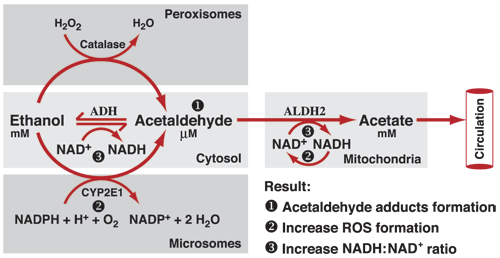
image source : http://hams.cc/metabolism/
At each stage of the reaction, bonds are broken and energy released. Alcohol does provide calories, which is probably why it dulls the appetite. For example you may have come home starving for dinner, had a beer and then not felt it was so urgent about eating after that.
Energy value of:
Alcohol (ethanol): 29 kilojoules/gram
Fats / Lipids: 37 kilojoules/gram
Carbohydrates: 17 kilojoules/gram
Protein: 17 kilojoules/gram
Alcohol is often referred to as “empty calories”. Meaning, it has no micro-nutrients in it. Micro- nutrients are things like vitamins and essential amino acids. Alcohol does provide energy, however, on its own it is not enough to sustain life for any length of time. Too much alcohol will damage the body in a number of ways, as well as not providing the basic nutritional needs.
Everything in moderation. Good food and good drink. Just not too much.
Except fun and laughter; it’s priceless and calorie-free!
“One martini is just right; two is too many, three is not enough.” James Thurber
“Moderation in all things, especially moderation.” Ralph Waldo Emerson
Reference: http://pubs.niaaa.nih.gov/publications/AA72/AA72.htm
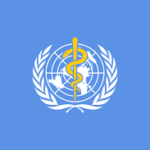
The World Health Organization showed an impressive list of conditions it felt acupuncture would have therapeutic effect. The was review entitled “ Acupuncture: Review and Analysis of reports on Controlled Clinical Trials” (http://apps.who.int/medicinedocs/pdf/s4926e/s4926e.pdf)
It was a 81 pages document looking at clinical acupuncture trial data and results. It is worth noting that constructing effective clinical trials for acupuncture is difficult and some of the conclusions of the results have limitations.
“It must be emphasized that the list of diseases, symptoms or conditions covered here is based on collected reports of clinical trials, using the descriptions given in those reports. Only national health authorities can determine the diseases, symptoms and conditions for which acupuncture treatment can be recommended. “
Dr Xiaorui Zhang: Acting Coordinator Traditional Medicine (TRM) Department of Essential Drugs and Medicines Policy (EDM) World Health Organization
Conditions to which acupuncture has been proved through controlled trials to be an effective treatment:
Adverse reactions to radiotherapy and/or chemotherapy
Allergic rhinitis (including hay fever)
Biliary colic
Depression (including depressive neurosis and depression following stroke)
Dysentery, acute bacillary
Dysmenorrhoea, primary
Epigastralgia, acute (in peptic ulcer, acute and chronic gastritis, and gastrospasm)
Facial pain (including craniomandibular disorders)
Headache
Hypertension, essential
Hypotension, primary
Induction of labour
Knee pain
Leukopenia
Low back pain
Malposition of fetus, correction of
Morning sickness
Nausea and vomiting
Neck pain
Pain in dentistry (including dental pain and temporomandibular dysfunction)
Periarthritis of shoulder
Postoperative pain
Renal colic
Sciatica
Sprain
Stroke
Tennis elbow
Conditions for which acupuncture has shown a therapeutic effect but further proof needed
Abdominal pain (in acute gastroenteritis or due to gastrointestinal spasm)
Acne vulgaris
Alcohol dependence and detoxification
Bell’s palsy
Bronchial asthma
Cancer pain
Cardiac neurosis
Cholecystitis, chronic, with acute exacerbation
Cholelithiasis
Competition stress syndrome
Craniocerebral injury, closed
Diabetes mellitus, non-insulin-dependent
Earache
Epidemic haemorrhagic fever
Epistaxis, simple (without generalized or local disease)
Eye pain due to subconjunctival injection
Female infertility
Facial spasm
Female urethral syndrome
Fibromyalgia and fasciitis
Gastrokinetic disturbance
Gouty arthritis
Hepatitis B virus carrier status
Herpes zoster (human (alpha) herpesvirus 3)
Hyperlipaemia
Hypo-ovarianism
Insomnia
Labour pain
Lactation, deficiency
Male sexual dysfunction, non-organic
Ménière disease
Neuralgia, post-herpetic
Neurodermatitis
Obesity
Opium, cocaine and heroin dependence
Osteoarthritis
Pain due to endoscopic examination
Pain in thromboangiitis obliterans
Polycystic ovary syndrome (Stein–Leventhal syndrome)
Postextubation in children
Postoperative convalescence
Premenstrual syndrome
Prostatitis, chronic
Pruritus
Radicular and pseudoradicular pain syndrome
Raynaud syndrome, primary
Recurrent lower urinary-tract infection
Reflex sympathetic dystrophy
Retention of urine, traumatic
Schizophrenia
Sialism, drug-induced
Sjögren syndrome
Sore throat (including tonsillitis)
Spine pain, acute
Stiff neck
Temporomandibular joint dysfunction
Tietze syndrome
Tobacco dependence
Tourette syndrome
Ulcerative colitis, chronic
Urolithiasis
Vascular dementia
Whooping cough (pertussis)